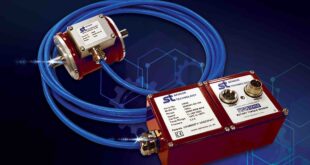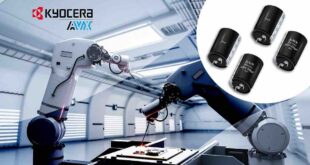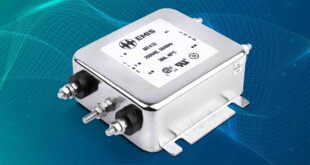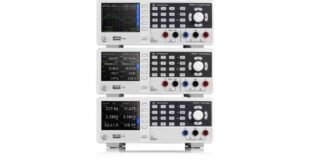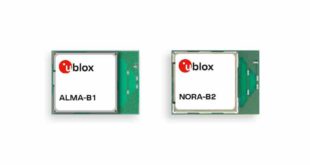Percepio introduces new support for embedded Linux systems in Tracealyzer v4.4. This latest Tracealyzer version includes stunning visualisation and analysis capabilities designed for embedded Linux application developers and is packaged in an intuitive, modern user interface.
Tracealyzer transforms low-level trace data into a rich set of overviews enabling top-down exploratory analysis, making it easy to spot anomalies and drill down to see the details. This avoids many hours of frustrating guesswork, providing faster solutions and a much higher level of confidence during debugging, verification and performance optimisation.
The new Tracealyzer for Linux leverages the widely supported LTTng tracing framework, and has been verified with Wind River Linux LTS 2019.
“Wind River has teamed with partners such as Percepio AB to ensure that there is both an open source and a commercial ecosystem of tools that address the needs of Wind River Linux developers,” said Wind River in a statement. “The Percepio Tracealyzer trace visualisation tool provides a large number of high-level views to make it easier to spot anomalies in program execution and to trace them to the root cause without requiring a great deal of Linux kernel expertise.”
Tracealyzer v4.4 combines the latest generation Tracealyzer with significant improvements for embedded Linux. These include:
- Visual Trace Diagnostics for Linux – Easily spot anomalies in visual overviews and zoom in on the bugs like never before
- Rich set of high-level overviews for top-down exploratory analysis, including process interactions, parent/child process dependencies, CPU usage, RAM usage, I/O usage, file usage, state machines and user-defined metrics
- Powerful yet intuitive trace view for showing the details; scalable for large Linux traces with respect to both responsiveness and clarity; optimised for Linux traces and now includes process trees, forking and system calls
- A Modern and Flexible User Interface – Customise the window layout and have the right information available on-screen to facilitate analysis. Save and load multiple layouts to suit each use-case
- User-defined Advanced Analysis – Adapt Tracealyzer to specific use cases via customisable event interpretation, user-defined data sets such as Intervals and State machines, and display in highly configurable views.
- Open Standards – Leverages CTF, the Common Trace Format, using the widely supported LTTng tracing framework.
Percepio CEO and founder Dr. Johan Kraft comments: “There is tremendous potential to improve embedded software development via better insight into the runtime system, especially for complex software systems based on Linux.
“For embedded application developers to really benefit from software tracing in everyday development, proper tools for visual trace diagnostics are key as these tools allow developers to quickly make sense of large software traces, identify bugs and verify solutions.
“We’ve developed Tracealyzer to make visual trace diagnostics simple and a natural part of everyday development, yet also have allowed for more advanced analyses of application-specific concerns. Tracealyzer has been very appreciated among RTOS software developers and we are thrilled to now offer an even better Tracealyzer for embedded Linux developers.”
 Engineer News Network The ultimate online news and information resource for today’s engineer
Engineer News Network The ultimate online news and information resource for today’s engineer
